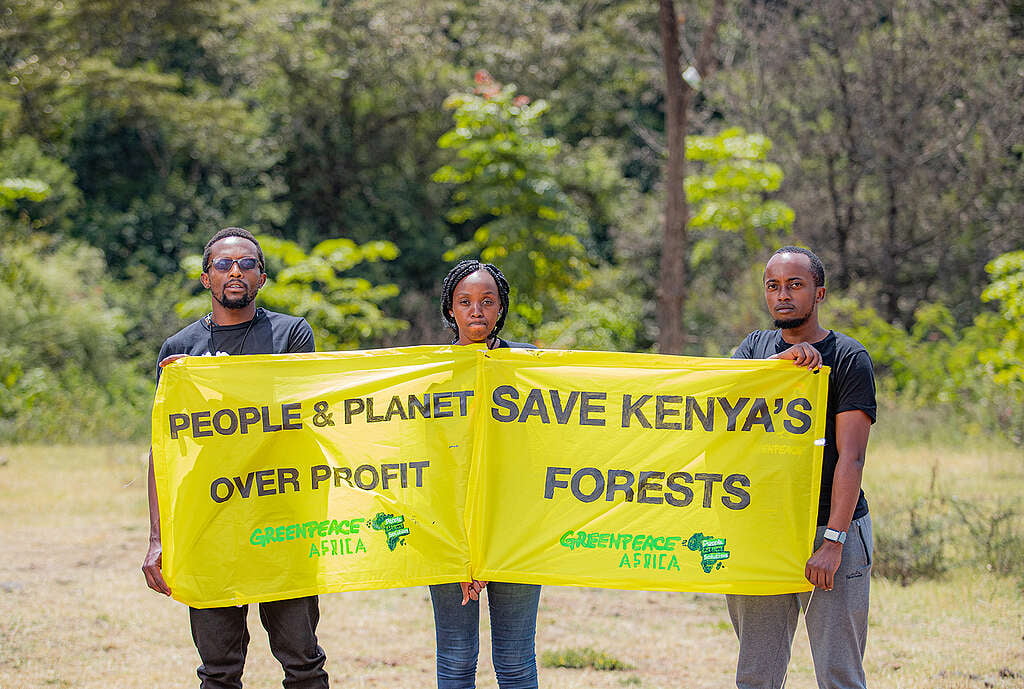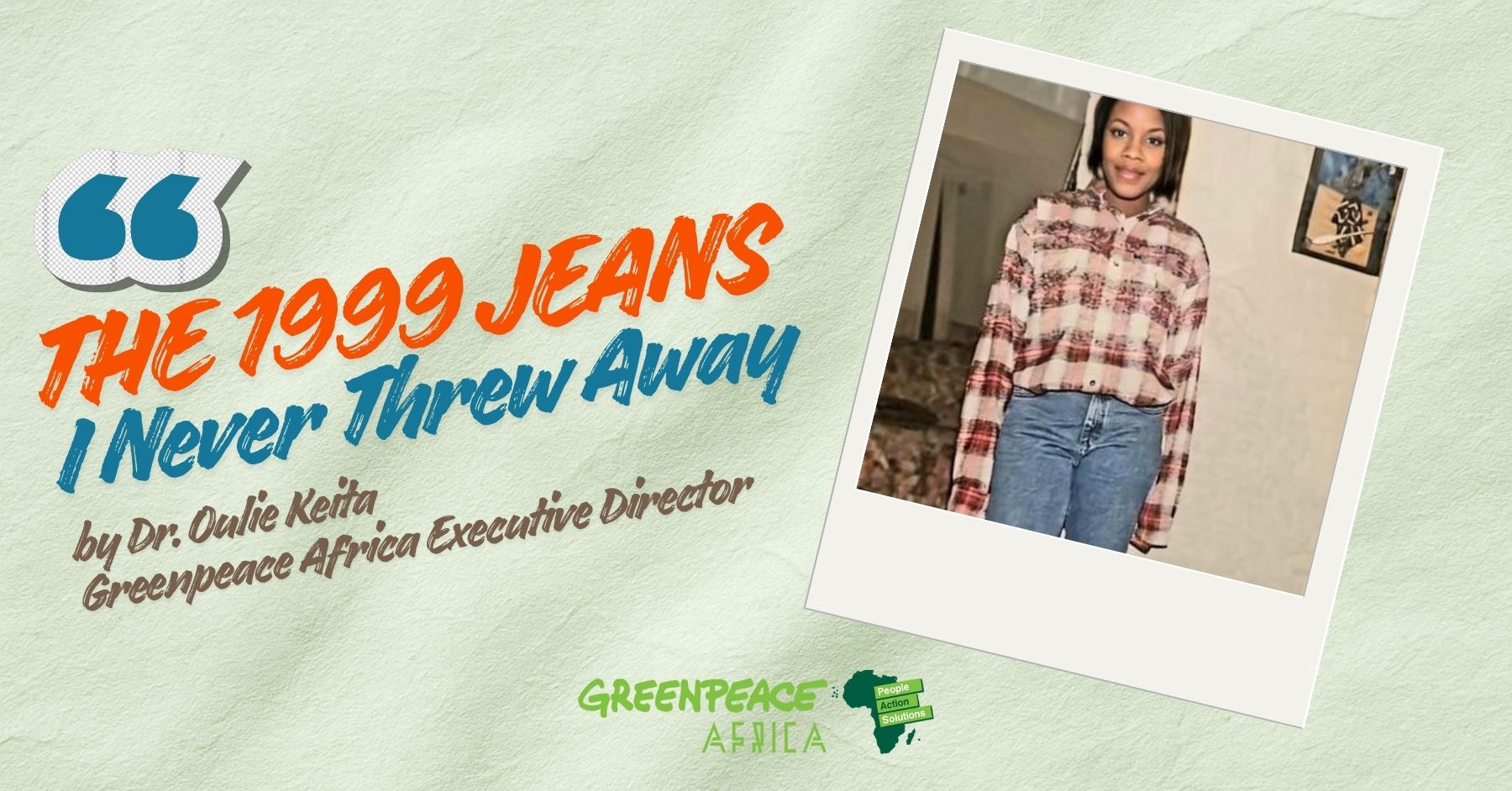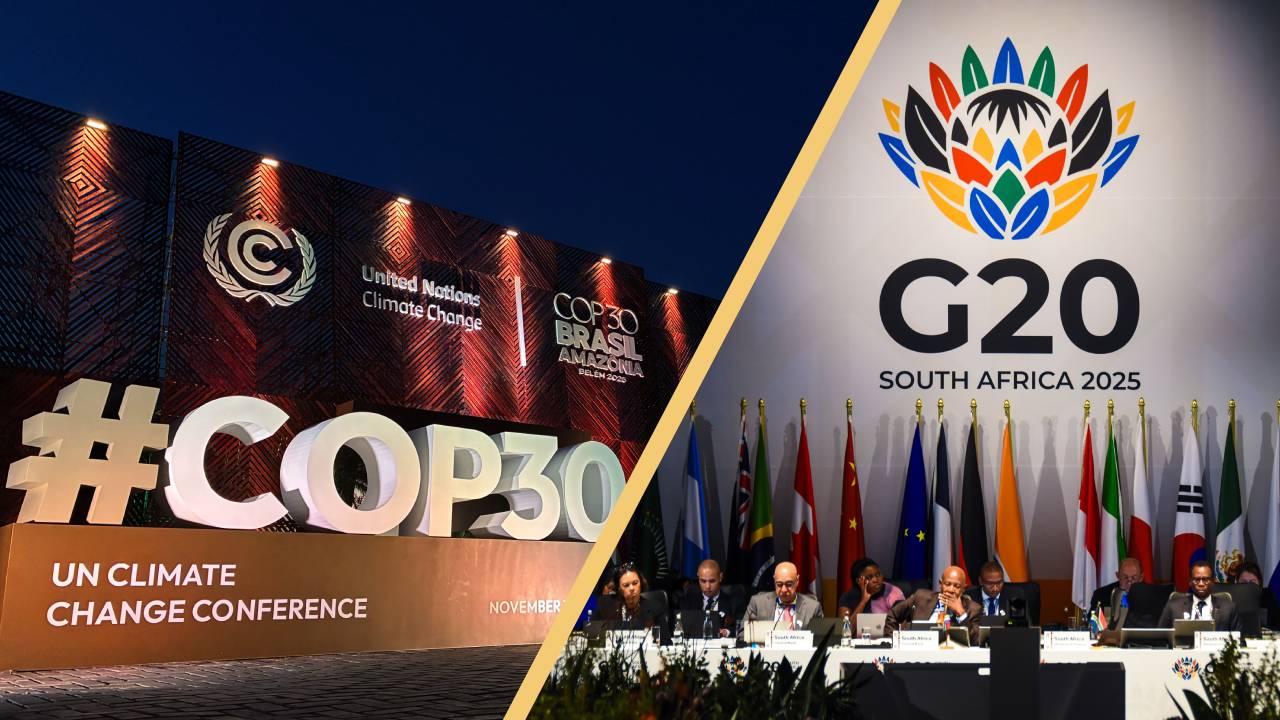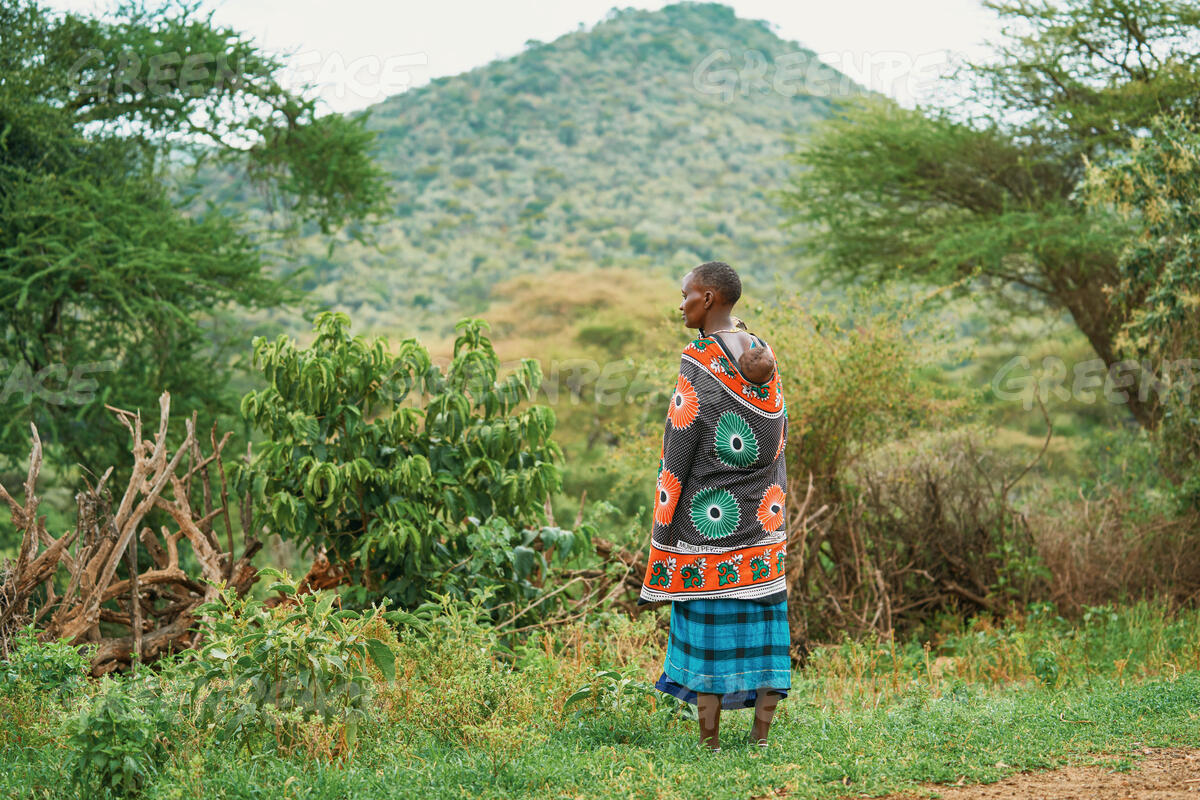
In any developing world, people construct in forests, people do whatever they can do. You can’t say, ‘I’m keeping this tree here’ when development is taking place. The population of Nairobi is growing.
— Francis Atwoli, June 2025
This statement by Central Organization of Trade Unions (COTU) Secretary-General Francis Atwoli, defending his proposal to scrap Nairobi National Park for urban expansion, captures a dangerous mindset. One that sees forests as obstacles, not lifelines. One that mistakes reckless development for progress. And one that completely ignores the climate reality we are living in.
Let’s be clear: the idea that cutting down forests is an acceptable cost of urbanization is not just outdated, it’s destructive.
Atwoli’s reasoning is not new. It echoes the post-colonial development mindset that built cities by clearing wetlands, paving over rivers, and uprooting indigenous trees. We are now paying the price for that thinking: floods in Mathare, choking air in Pipeline, and water scarcity in Lang’ata are not coincidences. They’re symptoms of environmental mismanagement.
To argue that “people construct in forests” is to ignore the science and lived experience that show how urban forests and green spaces are essential to climate resilience, public health, and economic well-being.
In fact, any leader serious about Nairobi’s future must be asking: how do we protect the little green we still have?
We’re not talking hypotheticals. The assault on nature in Nairobi is already happening.
Karura Forest has faced repeated encroachment under the guise of road expansion and forest “restoration”. Conservationists have had to fight tooth and nail to keep developers and state-backed interests out of its indigenous thickets.
Ngong Road Forest, once a haven for joggers and schoolchildren, now contends with fenced-off hotels and ‘eco-lodges’ justified with dubious environmental assessments and backdoor approvals.
And now Nairobi National Park is in the crosshairs, our only capital city national park, a sanctuary of wildlife, open skies, and clean air. Atwoli’s suggestion that it be cleared for buildings is not only unconstitutional, it’s ecologically suicidal.
Let’s dismantle a myth: trees aren’t just taking up space. Urban forests like Karura, Ngong Road, and the National Park regulate temperature, prevent floods, filter the air, and offer crucial refuge in a city of concrete and chaos.
They are also spiritual and emotional sanctuaries. For many Nairobians, a walk in Karura or a sunrise over Nairobi Park is one of the last accessible forms of peace in an increasingly noisy, chaotic city.
Removing forests to solve urban population growth is like breaking windows to cool a house.
This is not just about trees. It’s about legacy. It was right here in Nairobi that Nobel Peace Prize Laureate Wangari Maathai led bold, peaceful resistance to protect green spaces from short-sighted development. She put her body on the line for Karura Forest and Uhuru Park, forests that some of today’s leaders now treat as disposable. Maathai understood that environmental protection was inseparable from justice, dignity, and democracy. Her vision gave us the legal tools, civic courage, and international recognition that still protect our ecosystems today. If we now treat forests as expendable, we are not only betraying our environment, we are betraying her memory.
Real cities of the future are not cutting forests. They are growing them. Singapore, Kigali, Bogotá, and even parts of Addis Ababa are weaving green into their development plans. Nairobi should be leading Africa in urban greening, not rolling it back.
We don’t need to build in forests. We need to build up, not out, using vertical infrastructure in already-developed zones. Invest in proper spatial planning and satellite towns. Protect and restore green spaces, not treat them as “idle land.”
What Atwoli and others fail to realize is this: every forest lost takes us a step closer to uninhabitable cities. It’s not just about trees. It’s about:
- Floods in the rainy season.
- Heat waves in the dry season.
- Poor air quality year-round.
- Displacement of communities and wildlife.
- Loss of tourism and global standing.
Nairobi is not just growing in population. It’s also growing in inequality, in stress, in climate vulnerability. Removing forests will not fix this. It will deepen it.
Instead of clearing the national park, we should be enforcing the Environmental Management and Coordination Act (EMCA), elevating the voices of community forest associations and environmental defenders, investing in affordable housing and transit systems away from forest land, and declaring urban forests and the park as critical ecological zones, not development zones.
We must reject the idea that Nairobi’s growth requires nature’s destruction. We can build a city that breathes, a Nairobi where children still hear birdsong, where clean air isn’t a luxury, and where forests are protected like the treasures they are.
So no, Mr. Atwoli. We will keep the tree.
We will keep many trees.
Because in this climate era, real development doesn’t bulldoze forests.
It protects them.



